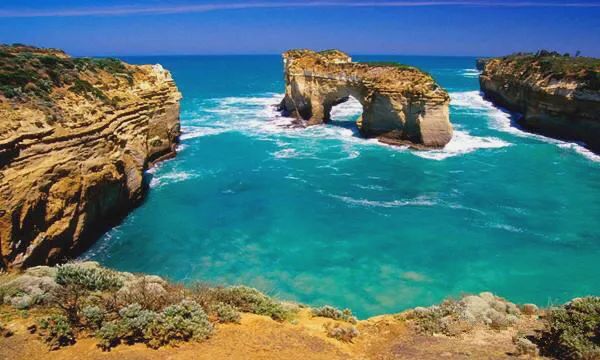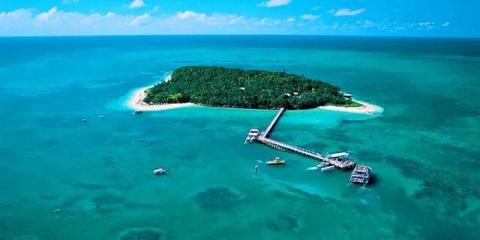
The Harbor Bridge is an important bridge connecting the north and south banks of Sydney Harbor. It faces the world-famous Sydney Opera House across the sea and has become a symbol of Sydney.
We stood on the hilltop of the Royal Botanic Gardens in Sydney and looked at the Harbor Bridge in the distance. It is like a rainbow across the bay. It is majestic and majestic, but it is also so humble and pleasant. It is willing to serve as the background of the Sydney Opera House and voluntarily sing for the opera. The beauty of the theater adds to the splendor.
When I connected the Opera House and the Harbor Bridge to appreciate them together, I was shocked by their perfect combination! Majestic and graceful, dark and light colors, straight lines and curves, form a beautiful picture with strong contrast and harmony!
The Sydney Bridge is 1,149 meters long, 49 meters wide, has a single-hole arch span of 503 meters, and is 58.5 meters high from the sea to the bridge deck. Giant ships of 10,000 tons can pass under the bridge. The steel frame head of the bridge rests on two huge reinforced concrete piers, which are 12 meters high. There is also a tower on each of the two piers. The tower is 95 meters high and is entirely made of granite.
The Harbor Bridge broke ground in 1924 and was completed and opened to traffic on March 19, 1932. It took more than 8 years. The bridge uses 52,800 tons of steel, a total of 6 million rivets, the largest rivet weighs 3.5 kilograms, 95,000 cubic meters of cement, 17,000 cubic meters of granite for bridge towers and piers, and 272,000 liters of paint. These figures bear witness The majesty of the iron bridge project!
It took more than 100 years for the Sydney Bridge to go from conception to birth. After more than 40 years of deliberation, Sydney engineer Peter Hudson drew the first design drawing in 1857. It was subsequently revised repeatedly, and in 1923 it was based on the design drawings of Dr. Bleifer, the chief engineer who supervised the construction of the railway bridge. Construction of the blueprint has begun. The bridge's designer was so confident at the time that he once said, "This bridge will not be left behind in a hundred years." It seems that he was right.
The tour guide told us that the most beautiful time to view the Harbor Bridge is at dusk and at night. At that time, the golden glow of the setting sun will paint the black bridges into golden yellow, turning into purple, and then into dark brown. When the bridge is about to be submerged by the black velvet night sky, tens of millions of lights on the steel frame of the bridge will light up, just like countless shining diamonds inlaid on the bridge. They reflect with the colorful neon lights in the bay and with the Pingqiao The vehicles crawling like ants on the road contrast with each other. It is really a spectacular and beautiful sight!
Looking at the Sydney Opera House from the top of the hill in the Royal Botanic Gardens, the huge shell that had been fixed in my mind for a long time really lit up before my eyes.
The three sets of huge shells of the Opera House stand on a reinforced concrete base that is 186 meters long from north to south and 97 meters wide from east to west. Inside the first group of shells is the concert hall, inside the second group of shells is the opera hall, and inside the third group of shells is the restaurant.
These three groups of huge white shells stand on the seaside of "Convenience Point" in the center of Sydney. They are described by imaginative Sydneysiders as tranquil nuns looking up from a distance.
But in my opinion, the spire shells of different heights covered with white lattice glazed porcelain, under the sunlight, are more like the white sails of several giant ships, floating above the blue sea.
The Sydney Opera House covers an area of 1.8 hectares and has a total construction area of 88,000 square meters. Its shell-shaped peaked roof is made of 2,194 curved concrete prefabricated pieces, each weighing 15.3 tons, stretched with steel cables, and covered with 1.05 million white or cream ceramic tiles.
That afternoon, we bought tickets to visit the opera house. A small model in front of the theater shows that the design master's idea came from those oranges with half of the skin peeled off. It can be seen that even the most ordinary things will have an impact on the prepared brain, triggering unparalleled inspiration and extremely great ideas.
The largest main hall of the Opera House is the Concert Hall, which can accommodate up to 2,679 people. There is a large organ in the concert hall, which is composed of 10,500 wind pipes and is the largest mechanical wooden connecting rod organ in the world.
The Sydney Opera House was conceived and constructed in the 1950s, and an open solicitation for design works from all over the world began in 1955. By 1956, a total of 233 works from 32 countries were submitted, and the design of Danish architect Jorn Utzon was selected. The construction process of the theater was difficult and tortuous. It took 14 years from the start of construction in March 1959 to the completion in October 1973.
The Sydney Opera House officially opened on October 20, 1973. Queen Elizabeth II of the United Kingdom attended the opening ceremony in person. On June 28, 2007, the Sydney Opera House was included in the World Cultural Heritage List by UNESCO. The Sydney Opera House is not only the palace of Sydney's art and culture, but also the soul of Sydney. It is recognized as one of the top ten architectural wonders in the world in the 20th century.
As mentioned before, the designer of the Sydney Opera House was Mr. Jorn Utzon of Denmark. He won the Pritzker Architecture Prize in 2003 and passed away in Denmark on November 29, 2008 at the age of 90. During the construction of the Opera House, he fell out with the new Australian government after reorganization, and left Australia angrily in 1966. Since then, he has never set foot in Australia or witnessed his own masterpiece with his own eyes.
An engineer named Joe Bertoni, who was responsible for the construction of the Sydney Opera House, passed away at his home in Sydney on April 7, 2019. He was 97 years old. It is said that he once calculated 30,000 equations by hand to ensure that the vaulted top and internal support structure of the Opera House were flawless.
Standing on the large square in front of the Opera House, when I looked up at the unparalleled architectural wonders, I paid deep respect to the creators of this great civilization.
Below are pictures of the Sydney Harbor Bridge.
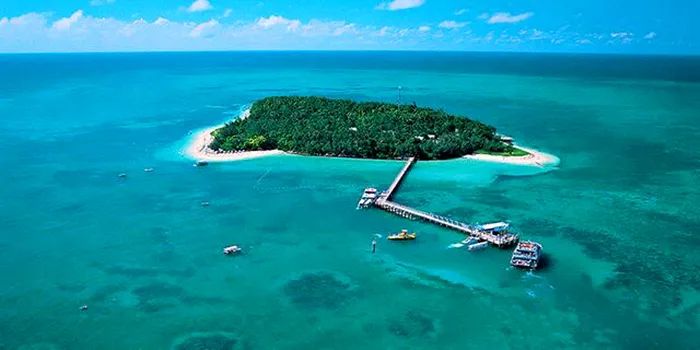
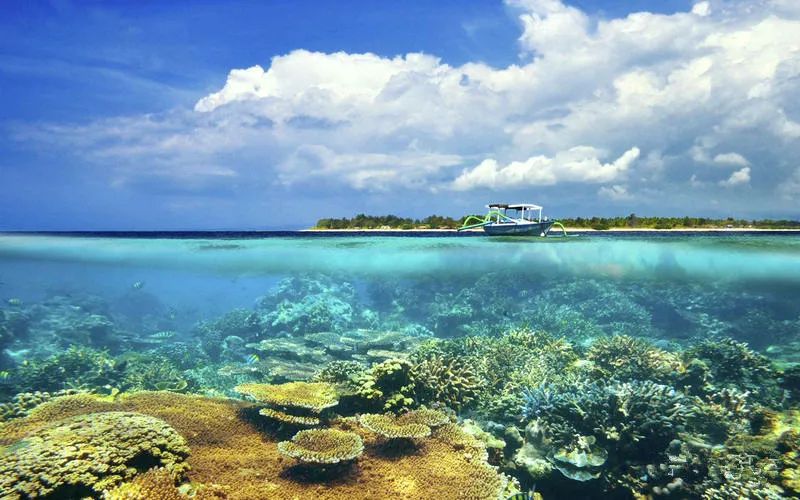




Below are pictures of the Sydney Opera House.
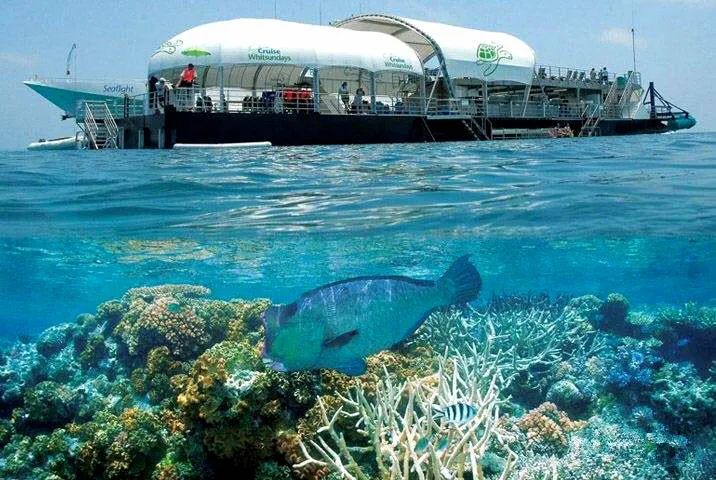

Below are travel photos from our visit to the Harbor Bridge and Opera House.
